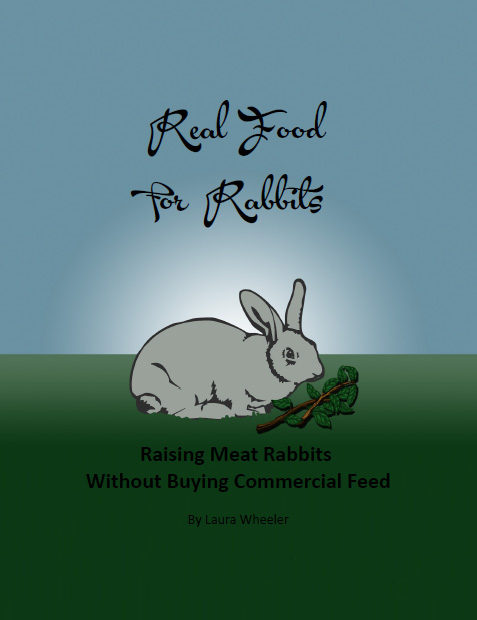Wild Pigeons and Domestic Pigeons
Pigeons in the US are usually either Wild Pigeons (several species), or Domestic Pigeons. There are a few rare exotic imported breeds, but they are the exception.
Domestic Pigeons are the ones used for Squab, as well as for racing, aerial sport, show birds, and shooting sports. Domestic pigeons, in all their breed varieties, are commonly descended from the Rock Dove. The appearance and use can vary widely.
Wild Pigeons are technically only those pigeons which are native to an area. In the US, that includes a few breeds of Pigeon, and many breeds of Dove.
Domestic Pigeons that have reverted to wild, are referred to as Feral Pigeons. They are considered to be an invasive species, and therefore are generally not protected by laws (though many cities have laws regarding their keeping, or capture).
Pigeons that are used for squab are referred to as Utility Breeds. They are heavier in body, the squabs grow quickly, and the parents are highly productive. They have been bred to produce many young over a short period of time, and to be able to reliably raise them to table size.
Other breeds tend to be smaller, but they may also be less productive in other ways. Feral Pigeons are the pigeons that our recent and distant ancestors used for producing squabs. Utility breeds are larger than they are, but not necessarily more productive.
Many people who historically raised Racing Pigeons or other Sport Pigeons, or even Show Pigeons, would cull the surplus and use it for the table. That practice has declined radically in the last twenty to forty years, due largely to sentiment. They don't take kindly to the mention of using sport or show Pigeons for producing table squabs either!
Birds bred for show or sport often lack the robust reproductive capacity of their native cousins. They may have poor egg laying capacity, they may have unusual shape and size which leads to crushing eggs while trying to incubate. They may be poor incubators, leaving the eggs for periods that cause egg death. Some may not feed young well, others may have a beak that is too short to successfully feed their young.
These species are usually kept alive by the use of foster parenting. More robust breeds are kept alongside, and used for incubating eggs and raising young.
The bottom line here tends to be that if Utility Breeds are not available, there ARE other breeds which can be used to produce table meat, but your best bet for low cost and productivity, is likely to be common Feral Pigeons. They are far less fussy, and will tame down within a month or two.
While breeders of Utility birds will scorn the common Rock Pigeons as too small, that IS the bird that made Squab famous, and which royalty prized for thousands of years. It is also the same bird that early American citizens used to help stave off famine in times of hardship. They would not have used it in that manner had it not been suitable!
Click to Download Your Free Heritage Pickling and Culturing e-Book Now!
Instant Download, NO Registration Required!






